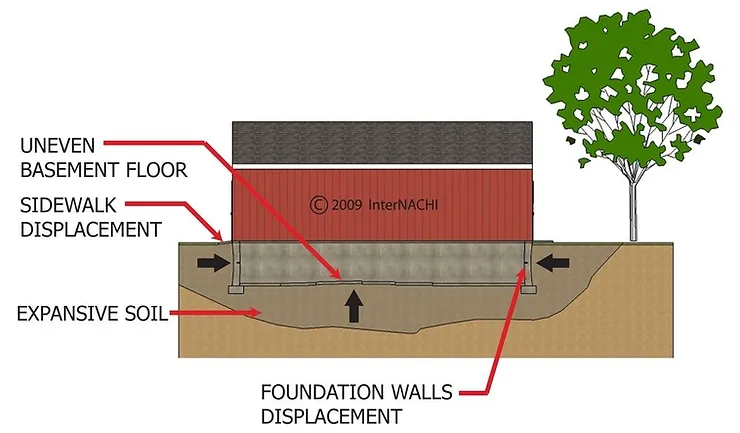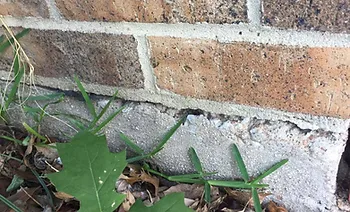
Winter is here! As tough Albertans, we are usually well-prepared for brutally long winters and sub-zero temperatures. We stock up on hot chocolate and plan winter activities with festive cheer for the Holiday Season. But then, a frost heave issue in Edmonton comes along, and much like the dreaded Grinch, it can quickly deflate the spirits of homeowners and property or condominium managers.
What is Frost Heave? For those unfamiliar, frost heave refers to the upward or outward movement of the ground surface (or objects in the ground) caused by the formation of ice in the soil. It occurs in cold climates like Edmonton, where freezing temperatures penetrate below the ground surface, there is enough soil water to form ice lenses, and the soils are frost-susceptible. This can be highly destructive to lightly loaded structures and cause serious problems for major ones.
Three Conditions for Frost Heave
For frost heave to occur, three things must be present:
- freezing temperatures
- water
- frost-susceptible soil
Problems Caused by Frost Heave
Frost heave in Edmonton commonly occurs in two ways. A frosted lens often forms beneath a foundation or footing, pushing it upward. Additionally, ice crystals can latch onto a foundation’s rough or porous surface or footing and lift it from the side.
This can cause a myriad of negative impacts as the expansion of the soil weakens the foundation of the floors which can even cause cracks in the walls of the pillars. A shifting foundation will quickly ruin a home and cost the homeowner big bucks. Frost does its mischief on porches, garages, decks, pavements, and roads as well.
How to Cope with Frost Heave Problems?
Since there is heat loss to the surrounding soil, heated buildings rarely suffer from frost heave damage. However, difficulties often arise in unheated detached buildings or unheated additions to heated buildings. Furthermore, damage can occur to pavements, driveways, sidewalks, and floor slabs of unheated buildings that lack proper footing support. By eliminating one or more of the conditions necessary for frost heave, you can help mitigate the damage and protect the building’s structure. This can be achieved by reducing frost penetration.
keeping water out of the freezing zone, or making sure that the soil in the freezing zone is not susceptible to frost. Frost heave can also be avoided by extending footings below the frost line. Other factors that need to be evaluated are soil type, insulation, and drainage. Run-off water from buildings should be directed away from your foundation by proper landscaping around the building. Helical piers and helical wall anchors can also help to reinforce and stabilize your building or home foundation. If the damage is extensive, then soil stabilization and/or soil replacement might be another option that can help. If you are currently facing any issues due to frost heave or have any questions or concerns, feel free to contact TOK Engineering at 780.434.2376 to find out what the optimum approach for your problem is. We are here to help.


